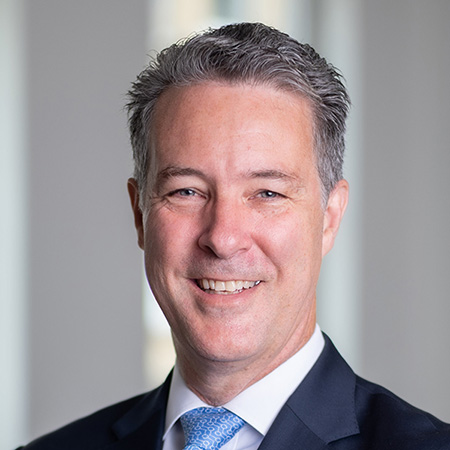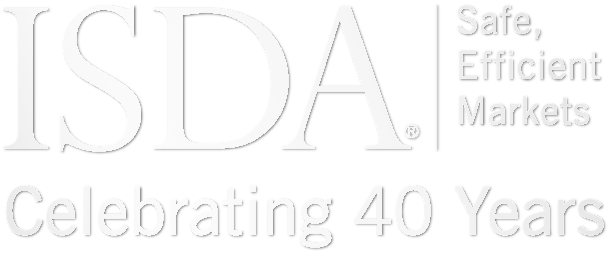
ISDA Chief Executive Officer Scott O'Malia offers informal comments on important OTC derivatives issues in derivatiViews, reflecting ISDA's long-held commitment to making the market safer and more efficient.
Our analysis of the US capital proposals paints a very clear picture – the rules would dramatically increase capital requirements for derivatives, which will impact the ability of US banks to provide intermediary and risk management services. The consequences are particularly stark for the provision of access to central clearing, an activity that is widely seen as risk reducing yet faces an eye-watering capital increase because of the proposals.
According to the results of an industry impact analysis based on input from US global systemically important banks (G-SIBs), the proposed Basel III ‘endgame’ and G-SIB surcharge rules would increase capital for client clearing businesses by more than 80%. A tax of this size on a low-risk, low-margin business will inevitably affect the ability of US banks to offer client clearing services, reducing capacity and increasing costs.
Mandatory central clearing of derivatives has been a regulatory priority since the 2008 financial crisis as a means of reducing counterparty credit risk. And it has worked well. According to ISDA’s SwapsInfo, which is based on transactions reported to the Depository Trust & Clearing Corporation’s swap data repository under US Commodity Futures Trading Commission regulations, 78.2% of interest rate derivatives traded notional was cleared in 2023. Following adoption of rules by the US Securities and Exchange Commission (SEC) last December, mandatory clearing is now being extended to certain US Treasury securities – a policy SEC chair Gary Gensler says will “help to make the Treasury market more efficient, competitive and resilient”.
The US capital proposals contradict that. Imposing such a burdensome tax would be inconsistent with the post-financial crisis policy objective to promote central clearing and would serve as a retrograde step by reducing the capacity of banks to support this business.
The increase comes from two specific elements of the proposals. First, changes in the US Basel III proposals, which include counting the client-facing leg of a cleared derivatives transaction in the credit valuation adjustment framework, will add $2 billion to US G-SIB capital requirements. Second, proposed modifications to the complexity and interconnectedness categories of the G-SIB surcharge to include client derivatives cleared under the agency model, among other things, will add $5.2 billion to required capital.
We’ve set out our concerns to US prudential regulators and have proposed a variety of calibration changes to make the rules more risk appropriate. We will continue to warn that these regulations risk inhibiting the ability of banks to provide vital intermediation services, including access to clearing for their clients.
We strongly believe central clearing has made the derivatives market safer and more efficient, an opinion widely shared by regulators and academics. Given that, we see no basis for justifying such a large increase in capital for this business. We continue to advocate for capital rules that are appropriate and risk sensitive. We feel the US prudential approach on clearing is neither.
This topic will be discussed at ISDA’s Annual General Meeting in Japan on April 16-18. It’s the last chance to register, so sign up today.
Latest
Future Path - IQ December 2025
At the start of ISDA’s 40th anniversary year, IQ convened the pioneers of the association to reflect on how a desperate need for standardization in the early days of the derivatives market brought dealers together to develop a dictionary of...
Steps to a Vibrant Derivatives Market: SOM Remarks
Steps to a Vibrant and Resilient Derivatives Market December 4, 2025 Remarks at the Mediterranean Partnership of Securities Regulators Scott O’Malia ISDA Chief Executive Officer Good afternoon and thank you to the Mediterranean Partnership of Securities Regulators (MPSR) for...
ISDA Response to BoE on Gilt Market Resilience
On November 28, ISDA responded to the Bank of England’s discussion paper on gilt market resilience. ISDA encourages the Bank of England, before introducing any significant policy changes that would affect the functioning of the gilt repo market, to consider...
Addressing Termination Troubles
When Enron announced a shock $618 million loss on October 16, 2001, it took a further 47 days until it filed for bankruptcy. For Bear Stearns, it took 266 days between its bailout of a structured credit fund run by...



